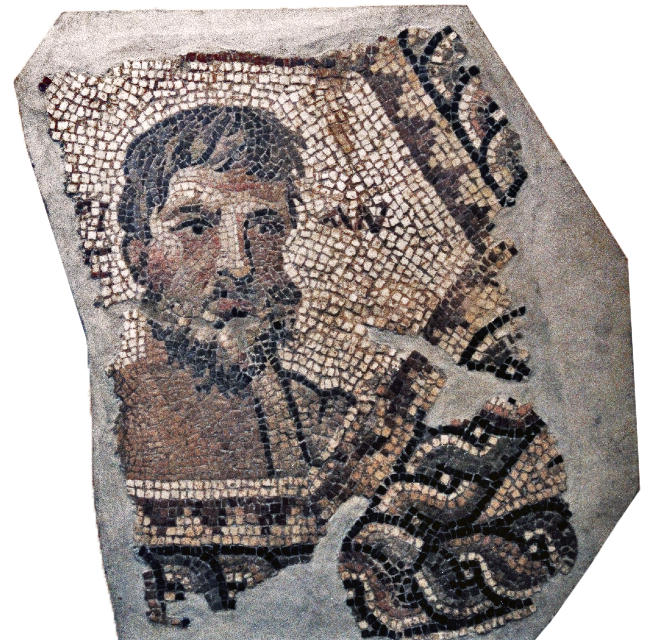or The Tyrant’s Letter
In Aristotle’s [1] and Diogenes Laërtius’ [2] accounts, an intriguing episode involving Periander, a young Corinthian tyrant in the making, and Thrasybulus, the well-established authoritative ruler of Miletus, unfolds. Periander, facing the challenge of maintaining effective rule, sought counsel from Thrasybulus. However, Thrasybulus declined to convey his advice in written form and instead embarked on a symbolic act. He escorted Periander’s envoy to a field where he proceeded to traverse the terrain. During this walk, he systematically removed the most conspicuous and elevated stalks of wheat, rendering the field perfectly leveled. No verbal explanation was proffered; the messenger was then dispatched back to Periander.
Periander, upon hearing about the cryptic episode from the envoy, comprehended its intended meaning. In his understanding, Thrasybulus had subtly advised him to eliminate any individuals who might pose a potential threat or challenge to his rule. In essence, Thrasybulus’ action of severing the tallest stalks served as a symbolic directive for Periander to remove those prominent and influential figures who could jeopardize his grip on power.
Notably, Aristotle offers an intriguing perspective on this theme, underscoring that the practice of removing or neutralizing exceptional individuals is not confined to tyrannical regimes alone. It transcends such boundaries, extending its influence to encompass alternative forms of governance, be they oligarchies or democracies. The suppression of dissent and the ensuing social ramifications have been enduring facets of the human experience, intrinsically entwined with the exercise of Power throughout History.
[1] Ἀριστοτέλης. (4th c. BC). Πολιτικά, 3, 1284a.
[2] Laërtius, D. (3rd c. AD). Vitae Philosophorum, 1, Ch. 7. “Periander (tyrant, 625–585 BC)”.
